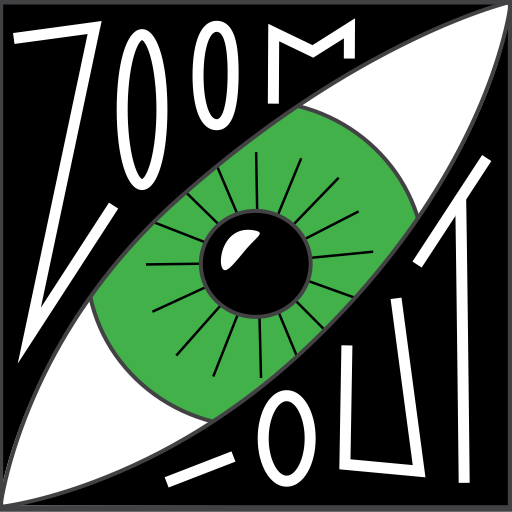
Seeing how intentional, mindful breathing helps us take control of our state and stress response and helps us “see” better.

Something so simple, so taken for granted and literally right under our noses.
Breathing is a superpower when used intentionally and deployed at the most opportune moments.
It’s a foundational skill for taking control of our state and cognitive faculties.
Helping us to more effectively zoom-in and out.
Why?
Well, there are a few reasons.
1) More self-control
Taking control of our mind’s eye is a conscious activity engaging our cognitive capabilities.
When we are stressed or tired, we need to give ourselves a boost, to breathe more life into our conscious awareness and cognitive muscles (our brain’s prefrontal cortex).
2) Less stressed and more rational
When we are stressed or anxious our “fight, flight or freeze” response is activated (sympathetic nervous system) which diverts blood and oxygen from our cognitive muscles making it difficult to think clearly.
When we intentionally breathe slowly and deeply this activates our “rest and digest” response (parasympathetic nervous system) which helps us be more rational and see things more objectively.
3) Better attentional control
We can leverage our breathing to direct the spotlight of our attention.
To zoom-out from whatever situation is gripping us, then zoom-in on our breath
Then zoom-out to see a broader perspective or one or more alternative perspectives.
We may then zoom-in on something more helpful.
4) Anxiety to excitement
When combined with some other zoom-outs (see “Catchphrase” Zoom-Out) we can turn situational anxiety into excitement.
“Anxiety is excitement without breath.”
― Fritz Perls, founder of Gestalt Therapy
In general terms, mindful breathing:
- helps to reduce stress and anxiety
- reduces blood pressure
- slows the heart
- improves your immune response
– all of which also have health benefits.
>> IN ACTION <<
Mindful Breathing
In its simplest form, we just take a deep breath in and then exhale slowly.
Paying attention to the sensations of the breath in our body (nose, throat, chest, belly).
Repeat until you feel a sense of ease and perspective.
The key here is for the exhale to be longer than the inhale. It’s also advantageous to inhale through your nose and exhale through your mouth.

>> IN ACTION <<
Physiological Sigh
This is reminiscent of the inhale-on-top-of-an-inhale that can occur after someone has been crying and can be soothing.
- A quick, deep inhale through the nose
- A further short ‘stretch’ inhale through the nose
- Long exhale through the mouth – the “sigh”
- Repeat one to three times

This is calming, soothing and dampens your stress response.
Source >> Stanford Medicine research group: David Spiegel, Andrew Huberman and Melis Yilmaz Balba
>> IN ACTION <<
4-7-8 Breathing.
Repeat the following several times. The power in this again comes from the exhale being longer
than the inhale.
- Inhale for a count of four
- Hold for seven
- Exhale for eight

>> IN ACTION <<
Box Breathing
Imagine moving along the sides of a box for a cycle of breath:
- 4 seconds inhale
- 4 seconds hold
- 4 seconds exhale
- 4 seconds hold; repeat

There are many apps to guide you in different patterns of breathing and to help you cultivate a
mindful breathing habit.
